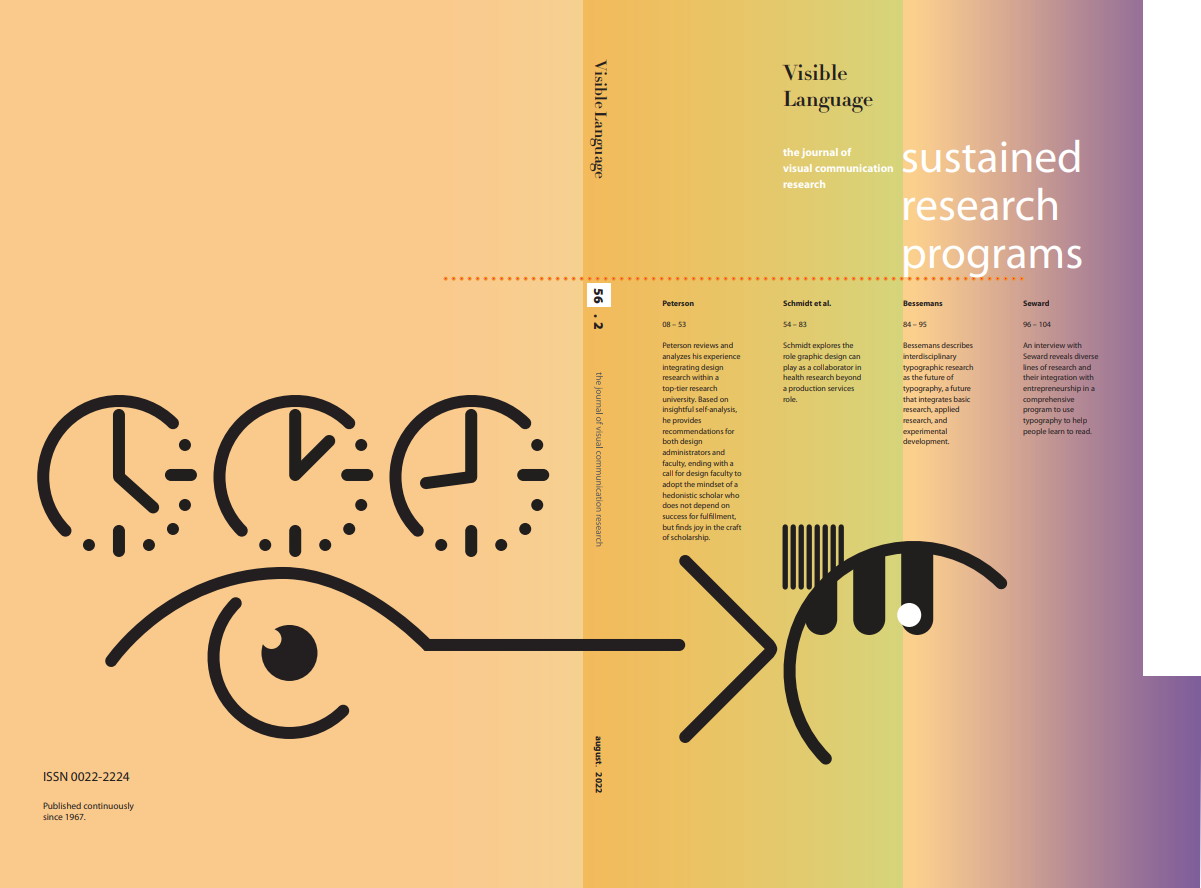Graphic Design in Public Health Research
A Multiyear Pictorial Health Warning Label Initiative and Recommendation for Sustained Interdisciplinary Collaboration
Keywords:
health warning label, smoking, hookah, prevention, graphic designAbstract
Graphic design is often deployed in public health research, intervention, and dissemination of information. In some cases, such as the studies shared in this article, graphic design artifacts are the public health intervention, developed and tested within a series of scientific study designs involving research teams with wide-ranging expertise. Relatively little attention has been paid, however, to the role graphic design plays in public health re-search or how graphic designers may contribute to the conduct of research beyond a production services role. Even within the health communication field, the benefits for scientific knowledge and public health emerging from interactions with graphic designers remain understudied. Furthermore, graphic designers have yet to make a substantive case to public health re-searchers that there is more to graphic design than the artifacts it produces. Therefore, the goals of this paper are to 1) provide an overview of methods employed to integrate graphic design into a multiyear series of public health research studies, 2) share key results from these studies relevant to graphic design, and 3) discuss the requirements for sustaining research collaborations between graphic designers and public health researchers in ways that effectively combine their fields of expertise and produce more genuine collaboration for the greater benefit of public health.

